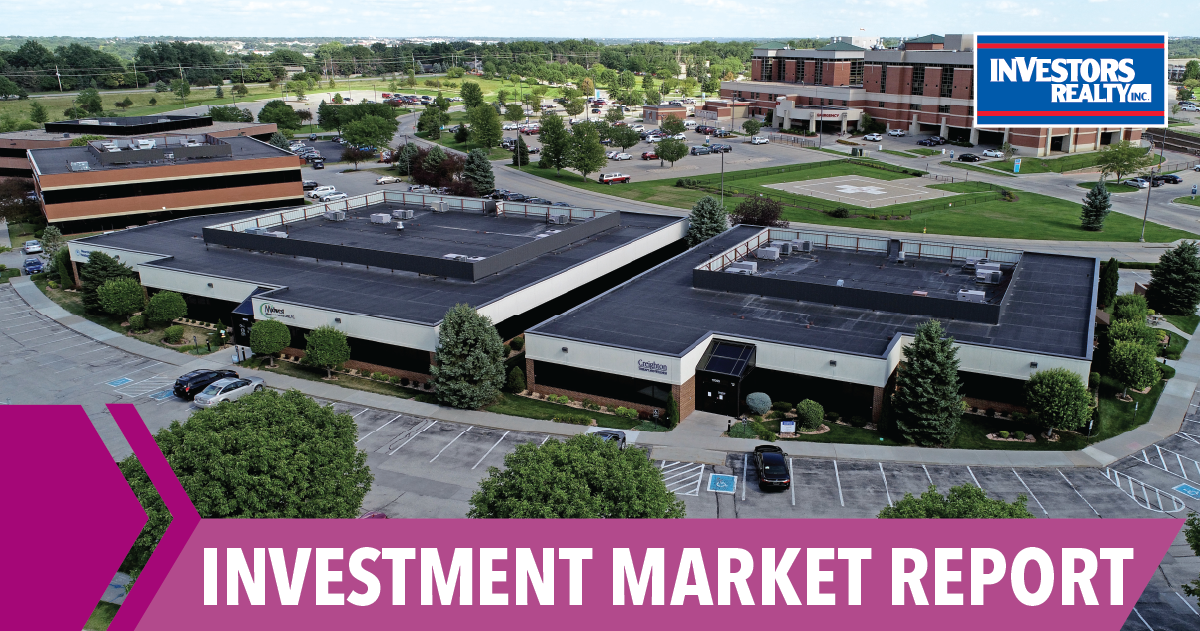The investment market in 2020 is really a tale of two markets: the pre-COVID first quarter and the remainder of the year.
First quarter activity was robust and pointed to a very strong year of investment property sales. The largest transaction was the sale of two medical office buildings at 175th and Burke Street for a combined total of $70.7 million occupied by Children’s Hospital and the Nebraska Medicine Village Pointe Health Center. It was a strong first quarter for office sales, with two buildings leased to TD Ameritrade selling for $15.5 million, two medical buildings in Lakeside selling for $7.2 million and the Hyatt Reservation Center at 98th and Q Street selling for $6.6 million.
At the start of the second quarter, concerns about COVID-19 caused a sudden change in the market.
Property owners’ attention was focused on fielding rent abatement requests from tenants and trying to figure out how to operate their properties in the COVID-19 environment. Institutional buyers for the most part stopped all buying activity in order to husband their cash and focus their attention on their existing portfolios. There was concern among property owners about their tenants’ ability to pay rent.
As concerns about COVID-19 took hold, most lenders halted new loan activity due to the same uncertainties. As landlords were busy fielding rent abatement requests from tenants, lenders were equally busy fielding mortgage relief requests from property owners. Generally speaking, banks were willing to grant mortgage relief to borrowers. However, life insurance and CMBS lenders were slower to respond and much less flexible.
By the start of the third quarter, we saw investment activity slowly return. However, the vast majority of sales were small transactions with individual investors.
Medical office buildings, single tenant necessity retail and drive-through restaurants were most in demand. Pricing for these sectors remained at pre-COVID levels, if not stronger. Office property saw lower demand over concerns that COVID-19 would permanently affect occupancy rates as employees worked from home.
The retail sector saw lower demand as existing trends towards online shopping were accelerated, and many bars, restaurants and experiential tenants were forced to close. The hospitality sector was most affected, as buyer demand evaporated and financing became impossible to obtain.
We are now seeing buyers slowly return to the market, but there is a gap between buyer and seller expectations that will hamper investment sales until the market stabilizes. We have not seen many distressed sellers in the Omaha market to date. Most industrial and office tenants have continued to pay rent. We have seen some retail store closures and national tenants not paying rent, but many local retail tenants have been able to pay rent with the help of the PPP program. The PPP funds have now been depleted, so it remains to be seen if these tenants will continue to pay rent.
The good news is that all market participants are anxious to get back to normal and we had a strong market prior to being hit by COVID-19. I think once we have a resolution of the pandemic we will see the market quickly return to normal.
This article appeared in our company newsletter in December of 2020. Please click here to download the entire newsletter.


